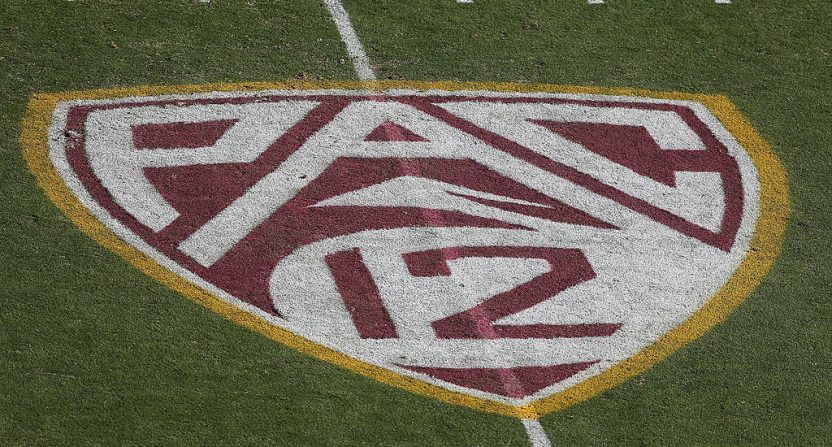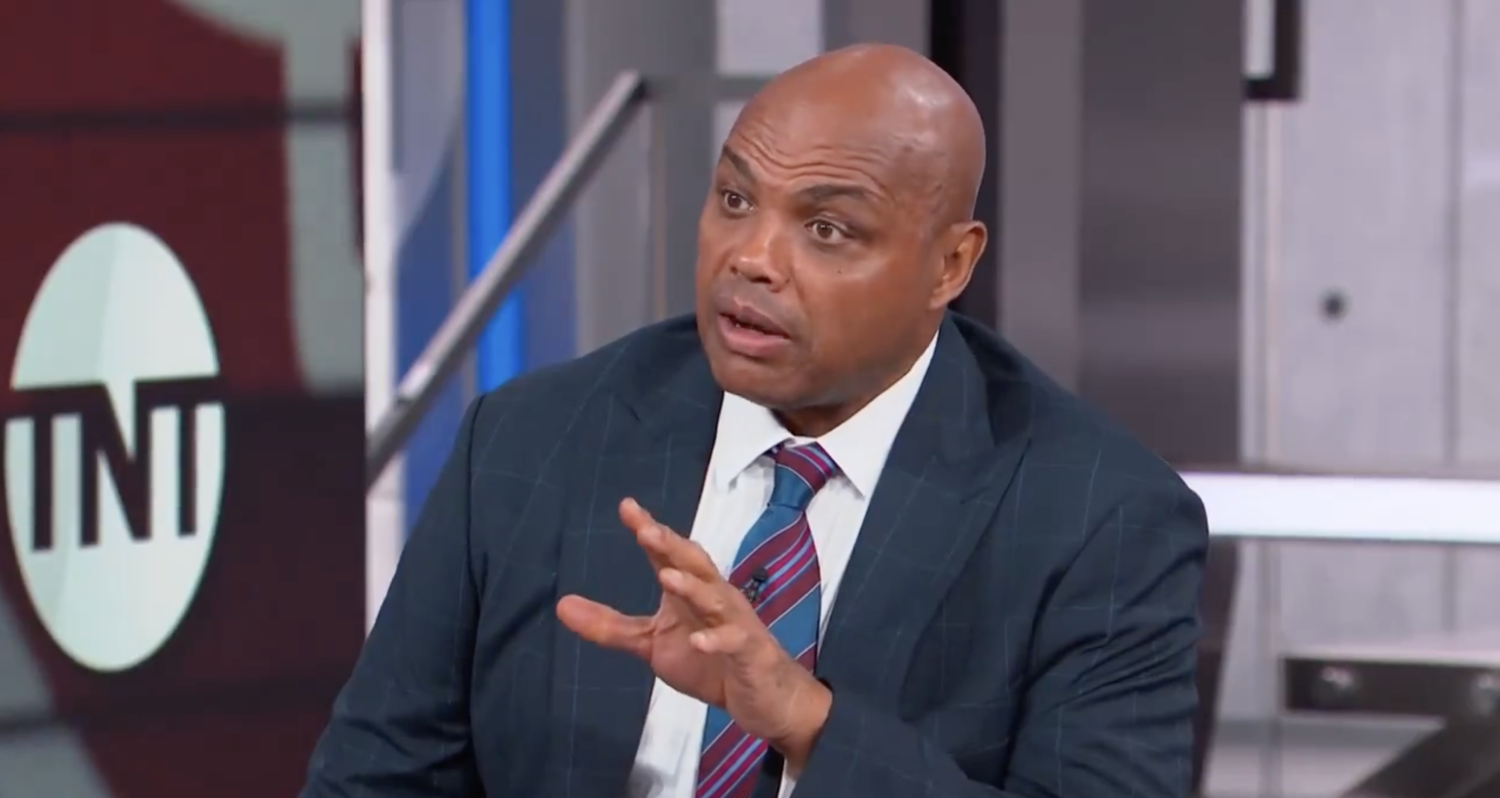We told you yesterday about the revenue gap between the Big Ten and SEC conferences and the ACC, Big 12 and Pac-12. It’s been growing steadily over the last few years and there is concern among some Pac-12 member schools that the gap could grow.
The latest
And as the Big Ten and SEC Networks have grown thanks to bundling with Fox’s and ESPN’s sister channels, the Pac-12 doesn’t have that luxury. And it’s due to that distribution that has some conference athletic directors worried.
Utah athletic director Chris Hill is on record as one AD who is disappointed with the Pac-12 Networks. He told the San Francisco Chronicle, “we expected more.”
Washington State AD Bill Moos said the payouts have increased each year and he was expecting them to be in the range of “$5 million to $6 million when we were launching,” but that has yet to happen.
With seven networks, not only can Pac-12’s channels air the bread-and-butter sports of basketball and football, but it can also provide extensive coverage of the conference’s Olympic sports like gymnastics, swimming, volleyball and wrestling, televising over 850 events a year.
In addition, because Pac-12 Networks don’t have an agreement with DirecTV, it’s hampered the payouts to member schools. Since the beginning, the Pac-12 and DirecTV have failed to come together on a carriage agreement and that’s kept the network from the satellite provider’s 22 million subscribers.
Media analysts estimate that Pac-12 Networks are in just 15 million homes while Big Ten and SEC Networks are available in many more households. Due to the distribution, Pac-12 member schools receive $1.5 million per year while the SEC Network pays $7.5 million. The Big Ten Network shells out even more.
And Hill from the University of Utah says the lack of DirecTV is “making the gap bigger and bigger” as compared to the Big Ten and SEC.
Another issue is the league’s deal with ESPN and Fox that allows the two networks to schedule games at 10 or 10:30 p.m. ET with only one to two week’s notice which have hindered ticket sales locally and hurt TV audiences in the East.
The deal with ESPN and Fox has been well-liked by the schools as it has given the schools more money, but athletic directors wonder about the longevity of the Pac-12 Networks without a network partner. Colorado AD Rick George is one who also would like to see more money from the league-owned network, but AD’s from Cal and Stanford like the exposure they receive the channels.
So as the Pac-12 looks to the future, there’s a double-edged sword. The AD’s like the increased exposure and that has helped recruiting, but at the same time, the lack of distribution and payments as compared to the Big Ten and SEC Networks has some league athletic directors worried.
For now, the schools are committed to the Pac-12 Networks, but if the ACC Network begins to surpass the Pac-12, there could be a mutiny among the league’s athletic directors.






